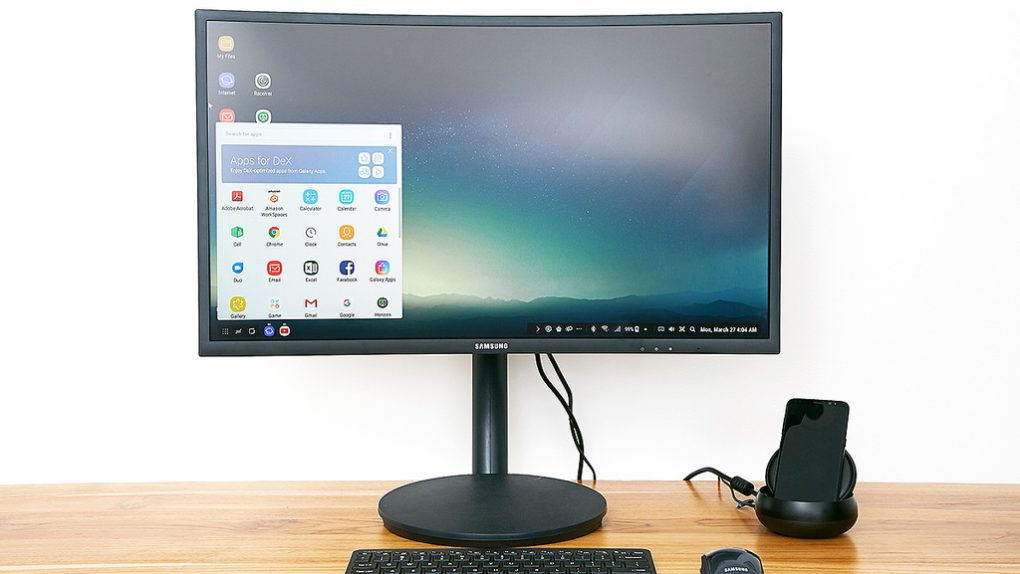The reason that foldable devices exist is that we all want more screen real estate from our mobile devices without the extra bulk. The sad reality is that this works better in theory than in practice. Both the Galaxy Fold and the Mate X unfolds into tablets, but they’re rather bulky nonetheless. The brand new Galaxy Z Flip unfolds into a regular all-screen smartphone that looks a lot like the Galaxy S20, but you can’t do anything with it when it’s folded. And even when it is folded shut, the Z Flip is rather chunky for a modern smartphone.
The technology isn’t quite ready to make the slim, foldable devices we’re dreaming of a reality. But it turns out that you don’t need a folding screen to extend the smartphone display beyond its already slim edges.
The following concept will sound familiar to anyone who’s old enough to remember the Motorola Atrix 4G, which had a very unusual accessory called the Lapdock. The Asus PadFone was another one. Essentially, these companies made portable screens that would turn their smartphones into tablets/notebooks. But Android wasn’t really capable of making that experience worthwhile back then, and the experiments quickly faded into oblivion.
However, Samsung and LG are about to reinvent portable displays this year, according to Korean-language outlet ETNews.
The companies are working on external monitors that feature no processor or operating system of their own. They will come with built-in battery packs, but won’t come with keyboards. Users will be able to connect their smartphones to the screens and turn them into tablet-like devices. These tablets will support video playback and document editing. They’ll likely work with other devices as well, not just smartphones, as they’re essentially standalone monitors. And we’ve seen portable monitors before.
Samsung’s device already has a name, Dexbook, which is a clear indication the device is an accessory. Samsung launched the Dex series of products a few years ago, making it possible for users to connect their smartphones to PC monitors. The Dexbook will probably work with the Galaxy S20 series, at the very least.
LG’s device doesn’t have a name yet, but the company did launch a phone with a secondary display last year. It was kind of a bulky mess.
The Dexbook, and whatever LG calls its own display accessory, should launch in the second half of the year, with prices ranging from 400,000 won ($338) to 500,000 won ($422), according to the report. However, that high of a price might turn out to be a huge drawback. For that much money, you’d be better off buying Apple’s newest affordable iPad, which is more than capable of playing video content and running apps. In fact, the cheapest new iPad is one of the best budget tablets out there right now. On the other hand, if you want to carry around a portable monitor that can hook up to your laptop or smartphone, the Dexbook might be the way to go.








